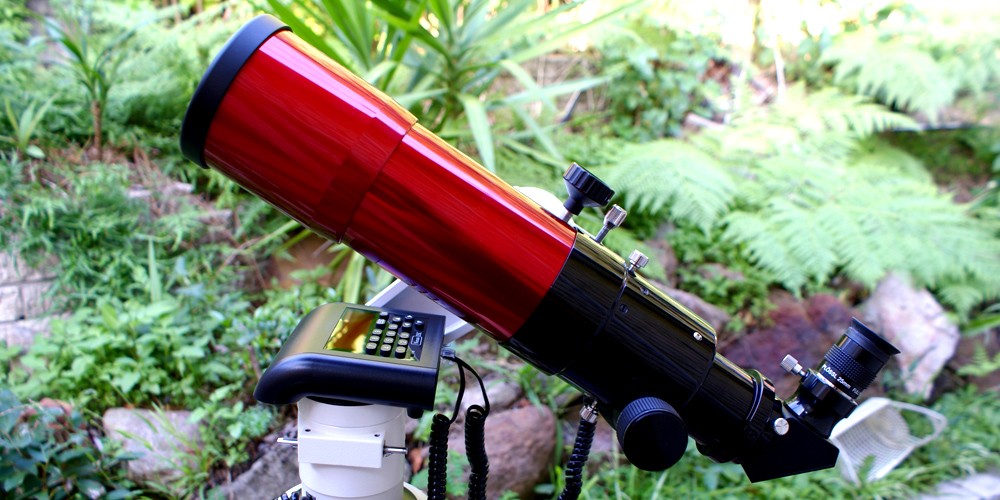The encoders can vary in resolution - the higher the resolution, the more accurate your DSC will be. Most telescopes have encoders that have a resolution of 8,000 - 10,000 steps per revolution, and most DSCs can't accurately read higher than 40k steps. Encoders are attached to your telescope's axes and sense the scope's position as it is moved. The encoders send pulses to the DSC unit, whose computer will convert them to angular values and calculate where the telescope is pointing. All of this is done after a quick two-star alignment to determine the telescope's location. It generally takes about a minute to set up a DSC for a viewing session.
If you’re interested in learning more about digital setting circles, we’ve written about
their full history here.
We sell both DSCs and encoder kits for various telescopes and mounts. To check out our products, head to our
products page.
